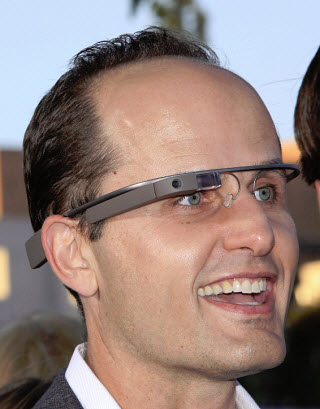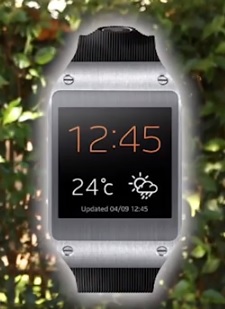These augmented reality glasses are being tested for use with medical conditions.
Starting at the end of last week, the emergency department at Rhode Island Hospital became the first one in the country to start to use Google Glass and its associated wearable technology for streaming live images of the medical conditions of the patients who were being seen there, in order to be able to consult with a specialist who was located somewhere other than in the hospital.
This is the start of a feasibility study that is meant to test the augmented reality glasses for six months.
Should the use of the Google Glass prove to be successful, Dr. Paul Porter, the project coordinator, believes that the use of these mobile devices will only expand in the medical arena. Potential users could include first responders in ambulances, surgeons, and others who could benefit from the recommendations of specialists while they are on the field or when there is no local specialist available.
Porter is highly enthusiastic about the possibilities for Google Glass in the health care environment.
He stated that it would be “like the Holy Grail” but added that “we’re just at the beginning; you have to start somewhere.” At the moment, the hospital will continue to test this wearable technology exclusively with emergency room patients who are suffering from various forms of dermatological struggles, such as skin rashes. These patients must volunteer to be a part of the study as opposed to being automatically entered into it.
The reason is that Porter feels that the standard of health care at the moment makes it so that handling these types of problems within an emergency room typically involves a basic visual inspection while asking the patient certain types of questions such as whether or not it is itchy, painful, etc.
The reason that these specific types of cases have been chosen for testing Google Glass in the emergency room is that if any glitches should occur within this wearable technology – such as a loss of the connection for audio or video – then the life and health of the patient will not be placed at risk.
It is expected that they could soon become more popular than wearable fitness devices.
Wearable gadgets such as Galaxy Gear from Samsung and the smartwatches that are being designed by many major smartphone manufacturers could soon be providing the fitness device market with some considerable competition.
Many believe that these new devices, combined with the right apps, could outshine everything else out there.
It is expected that smartwatches could be a single gadget that could carve out the mhealth marketplace and – armed with the right fitness apps – may replace nearly all other forms of wearable fitness device. The Samsung Galaxy Gear smartwatch is only one of a rapidly growing category of devices that can be worn. In the case of that specific device, it comes with several apps already built in.
The apps in those gadgets could prove to be highly appealing to fitness enthusiasts.
 When paired with certain similar gadgets that have already been announced from other major manufacturers such as Sony, and that are expected to be announced from both Qualcomm and Apple, it may be that Galaxy Gear will have a sizeable influence on the mhealth app marketplace. Experts in the industry say that it all depends on the evolution of the technology.
When paired with certain similar gadgets that have already been announced from other major manufacturers such as Sony, and that are expected to be announced from both Qualcomm and Apple, it may be that Galaxy Gear will have a sizeable influence on the mhealth app marketplace. Experts in the industry say that it all depends on the evolution of the technology.
At the moment, Galaxy Gear has approximately 60 apps available. This is notable, considering that the first of these gadgets won’t ship until September 25, 2013 and that their retail price will be $299. One of the apps that is likely to become quite popular among fitness enthusiasts who own this device will be the step-counting accelerometer. Its owners will also receive an Azumio customized app that can be used for measuring their calorie burning, monitoring their heart rate, and even snapping pictures of the foods that they are consuming, through the use of the camera that is built into the Gear.
These gadgets can be combined with other mobile communications devices – such as smartphones and tablets – and will then become capable of surfing the web, sending email, and accessing social media. That last feature is expected to be combined with certain apps that will “gamify” their fitness through sharing achievements in weight loss, walking, running, and other areas.


 When paired with certain similar gadgets that have already been announced from other major manufacturers such as Sony, and that are expected to be announced from both Qualcomm and Apple, it may be that Galaxy Gear will have a sizeable influence on the mhealth app marketplace. Experts in the industry say that it all depends on the evolution of the technology.
When paired with certain similar gadgets that have already been announced from other major manufacturers such as Sony, and that are expected to be announced from both Qualcomm and Apple, it may be that Galaxy Gear will have a sizeable influence on the mhealth app marketplace. Experts in the industry say that it all depends on the evolution of the technology.